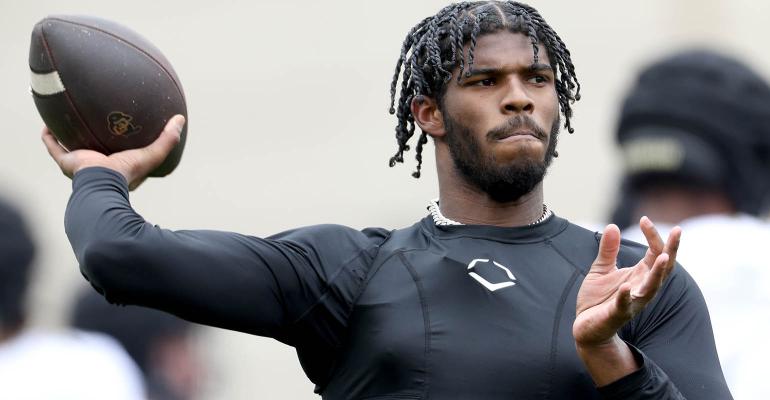The NCAA’s NIL policy, which allows athletes to be compensated for their name/image/likeness, has commanded the attention of industries across the country in its first two years of effectiveness. But how are these athletes being supported with financial planning?
Financial Wellness as Part of Overall Wellness
College athletes currently live in a world that is demanding and competitive, with their days filled with class, study hall, strength training, team meetings, practice, games, travel, special events, recovery, eating, rest and maybe some social time with their peers if they are lucky. As such, many resources have been dedicated to helping these young adults create and maintain a holistic wellness approach to managing all of this. With the new NIL policy, there are even more pressures and demands on their time to find NIL contracts, implement these deals with appearances or social media marketing, and figure out what to do with the money gained by these deals.
Financial advisors can help by focusing on financial wellness and well-being, which will have the greatest impact on overall wellness of these college athletes and support them in their future financial endeavors. Financial professionals can gain an amazing real-time opportunity to help student athletes develop skills and tactics needed to manage money, and we can positively impact many young adults with thoughtful education, planning, and guidance.
The Basics of a Financial Wellness Plan for a College Athlete
For financial professionals who are supporting college athletes with financial planning, it’s important to consider three factors: financial education, understanding of income sources and risk management fundamentals.
- Financial Education: Helping college athletes understand the basics of money, followed by how money invested and properly managed today means (likely) more security in the future. Take the time to break down each financial planning framework and instrument you plan to use, that way you’re laying important groundwork for these unique clients.
- Understanding Income Sources: As always, understanding a client’s income and expenses is important. But, NIL deals and sponsorships are by nature a bit more unpredictable. They can change throughout the career of a college athlete, and it’s important to integrate this variability in planning.
- Risk Management Fundamentals: While difficult, it’s important to help these young adults understand that nothing is guaranteed. A sudden injury could change an athlete’s career (and financial situation) in seconds. Additionally, there is an extremely high rate of competition for advancing to the professional level. Therefore, fundamental planning that embraces risk management will help protect college athletes’ futures, especially if sports may not be a long-term solution.
The Realities of NIL Financial Planning
As it relates to NIL, the range for payment is wide. While you see a select few collegiate athletes receive thousands of dollars, most athletes are receiving smaller amounts of money. For example, recent data from Opendorse shows the average annual compensation for an NCAA D1 football player is around $8,000. Regardless of the amount, it is new money for them at a time in their lives where they need trusted guidance on what the opportunities are and ultimately what to do based on their unique situations.
There is also a group of college athletes that are taking a more entrepreneurial approach, where they utilize NIL as a way to create a business and a brand. These clients need to learn how to manage their finances accordingly.
Overall, college athletes are like all clients and require personalized advice and guidance based on their unique situation. Credit unions, other small community financial institutions or independent financial advisors can often be a better choice for college athletes due to their unbiased guidance, hands-on approach and personalized focus on clients.
Megan Eisenhard is the Chief Growth Officer of University Credit Union, a financial cooperative founded on UCLA's campus that serves more than 50,000 university community members throughout California and beyond.

